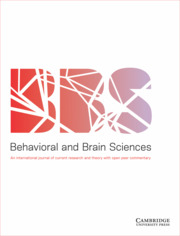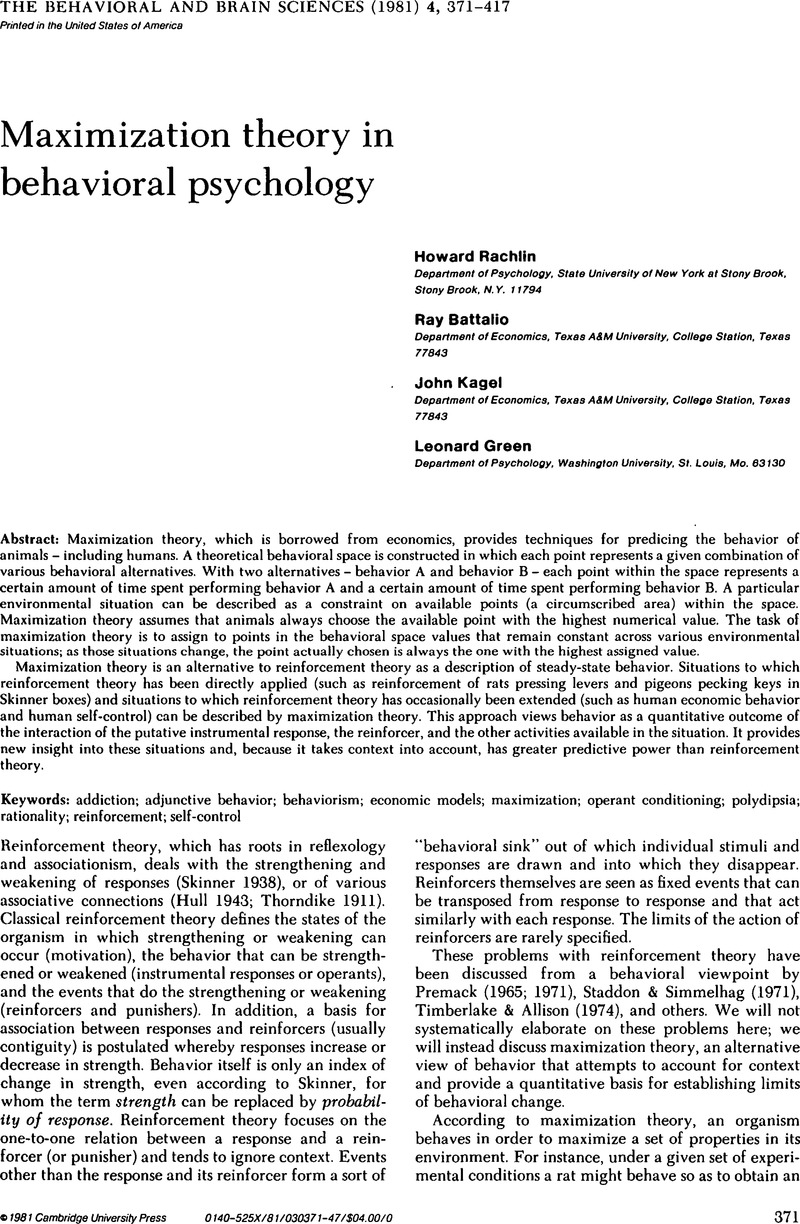Crossref Citations
This article has been cited by the following publications. This list is generated based on data provided by Crossref.
Timberlake, William
1984.
BEHAVIOR REGULATION AND LEARNED PERFORMANCE: SOME MISAPPREHENSIONS AND DISAGREEMENTS.
Journal of the Experimental Analysis of Behavior,
Vol. 41,
Issue. 3,
p.
355.





